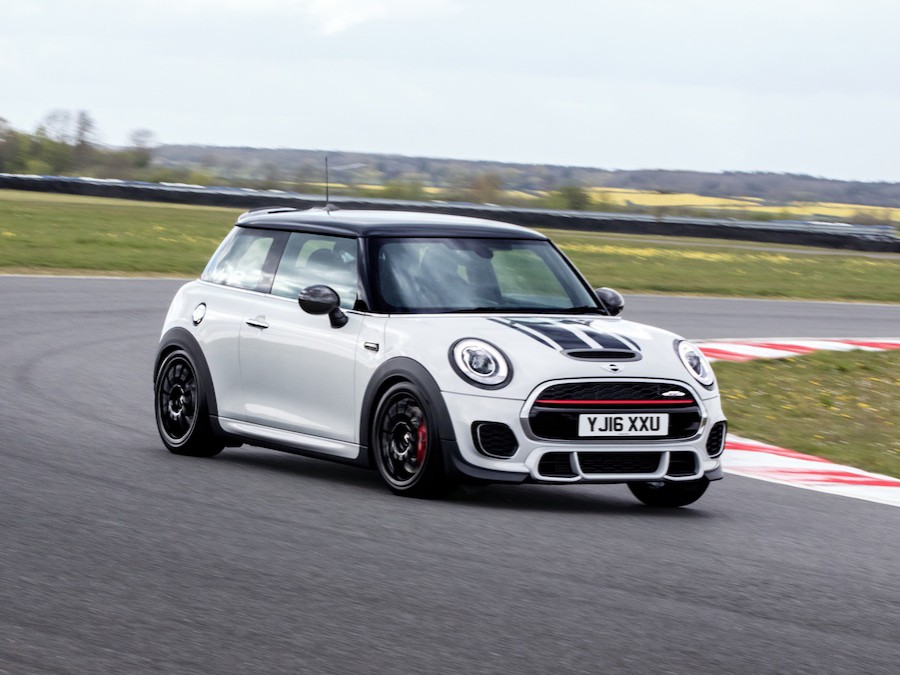Published on July 29, 2016
MINI John Cooper Works Challenge review
MINI dials up the intensity on its already exciting John Cooper Works with the limited edition Challenge car.

Kyle Fortune
-->





















